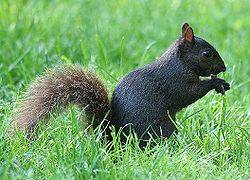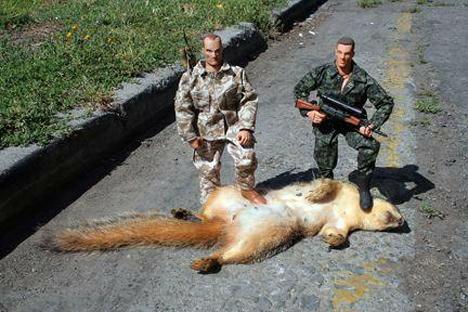Old Rocks
Diamond Member
AGW Observer
Hemispheric shift in atmospheric radiocarbon
Observations of radiocarbon in CO2 at seven global sampling sites in the Scripps flask network: Analysis of spatial gradients and seasonal cycles Graven et al. (2012)
Abstract: High precision measurements of Δ14C were conducted for monthly samples of CO2 from seven global stations over 2- to 16-year periods ending in 2007. Mean Δ14C over 200507 in the Northern Hemisphere was 5 lower than Δ14C in the Southern Hemisphere, similar to recent observations from I. Levin. This is a significant shift from 198889 when Δ14C in the Northern Hemisphere was slightly higher than the South. The influence of fossil fuel CO2 emission and transport was simulated for each of the observation sites by the TM3 atmospheric transport model and compared to other models that participated in the Transcom 3 Experiment. The simulated interhemispheric gradient caused by fossil fuel CO2 emissions was nearly the same in both 198889 and 200507, due to compensating effects from rising emissions and decreasing sensitivity of Δ14C to fossil fuel CO2. The observed 5 shift must therefore have been caused by non-fossil influences, most likely due to changes in the air-sea 14C flux in the Southern Ocean. Seasonal cycles with higher Δ14C in summer or fall were evident at most stations, with largest amplitudes observed at Point Barrow (71°N) and La Jolla (32°N). Fossil fuel emissions do not account for the seasonal cycles of Δ14C in either hemisphere, indicating strong contributions from non-fossil influences, most likely from stratosphere-troposphere exchange.
Citation: Graven, H. D., T. P. Guilderson, and R. F. Keeling (2012), Observations of radiocarbon in CO2 at seven global sampling sites in the Scripps flask network: Analysis of spatial gradients and seasonal cycles, J. Geophys. Res., 117, D02303, doi:10.1029/2011JD016535.
Hemispheric shift in atmospheric radiocarbon
Observations of radiocarbon in CO2 at seven global sampling sites in the Scripps flask network: Analysis of spatial gradients and seasonal cycles Graven et al. (2012)
Abstract: High precision measurements of Δ14C were conducted for monthly samples of CO2 from seven global stations over 2- to 16-year periods ending in 2007. Mean Δ14C over 200507 in the Northern Hemisphere was 5 lower than Δ14C in the Southern Hemisphere, similar to recent observations from I. Levin. This is a significant shift from 198889 when Δ14C in the Northern Hemisphere was slightly higher than the South. The influence of fossil fuel CO2 emission and transport was simulated for each of the observation sites by the TM3 atmospheric transport model and compared to other models that participated in the Transcom 3 Experiment. The simulated interhemispheric gradient caused by fossil fuel CO2 emissions was nearly the same in both 198889 and 200507, due to compensating effects from rising emissions and decreasing sensitivity of Δ14C to fossil fuel CO2. The observed 5 shift must therefore have been caused by non-fossil influences, most likely due to changes in the air-sea 14C flux in the Southern Ocean. Seasonal cycles with higher Δ14C in summer or fall were evident at most stations, with largest amplitudes observed at Point Barrow (71°N) and La Jolla (32°N). Fossil fuel emissions do not account for the seasonal cycles of Δ14C in either hemisphere, indicating strong contributions from non-fossil influences, most likely from stratosphere-troposphere exchange.
Citation: Graven, H. D., T. P. Guilderson, and R. F. Keeling (2012), Observations of radiocarbon in CO2 at seven global sampling sites in the Scripps flask network: Analysis of spatial gradients and seasonal cycles, J. Geophys. Res., 117, D02303, doi:10.1029/2011JD016535.



